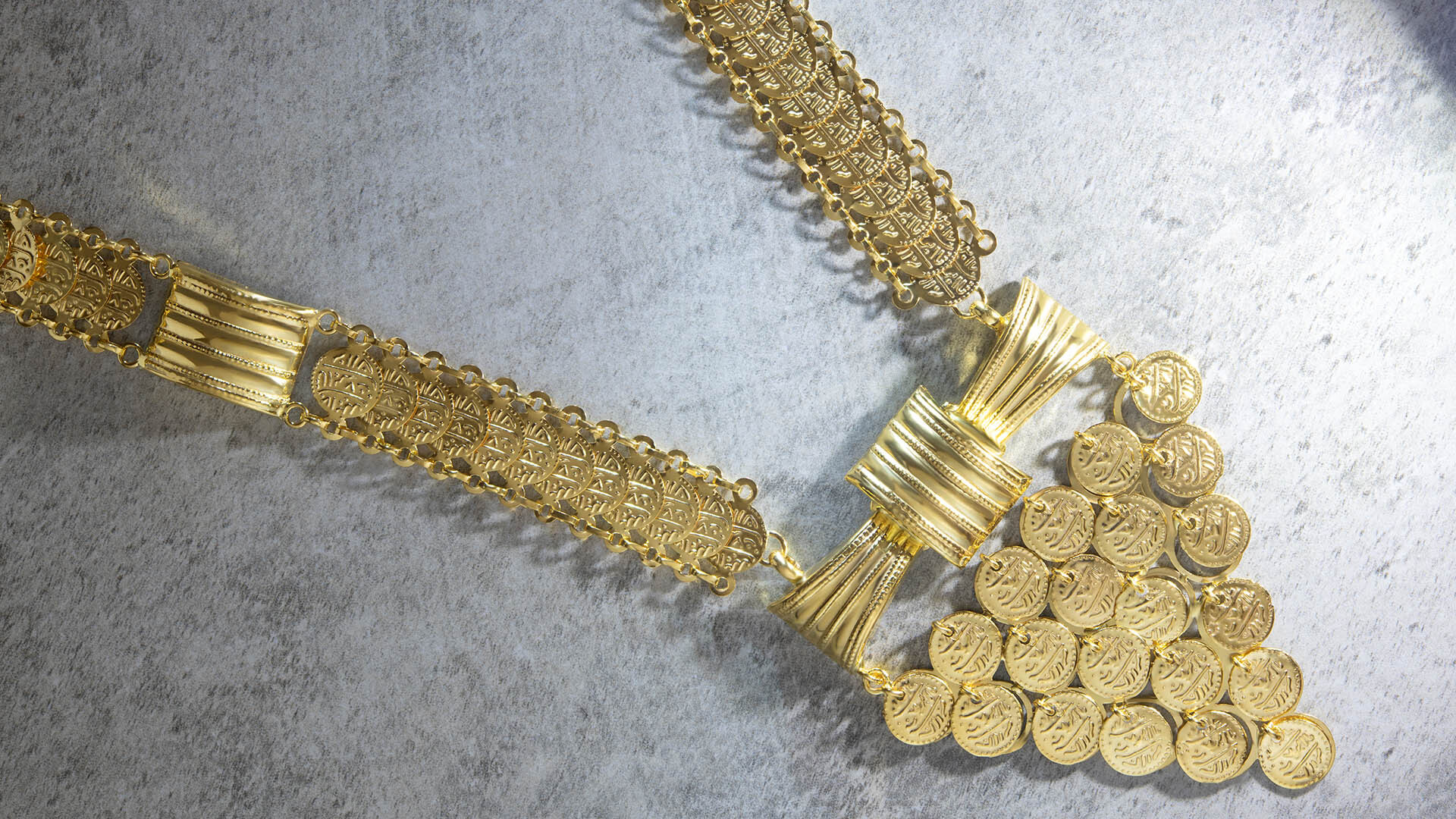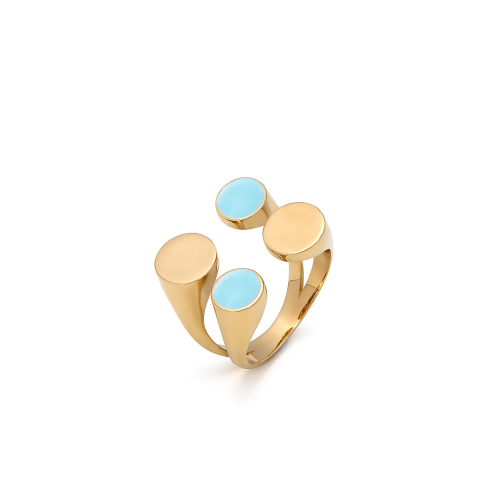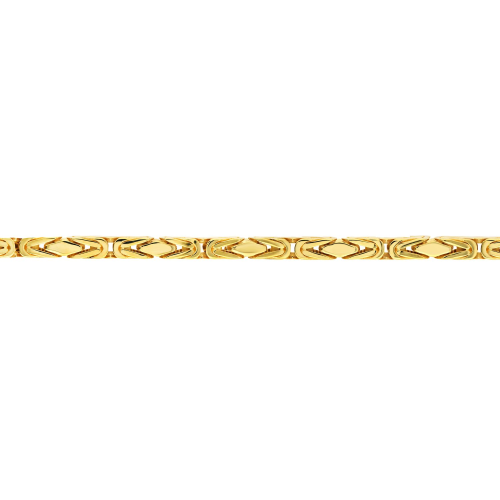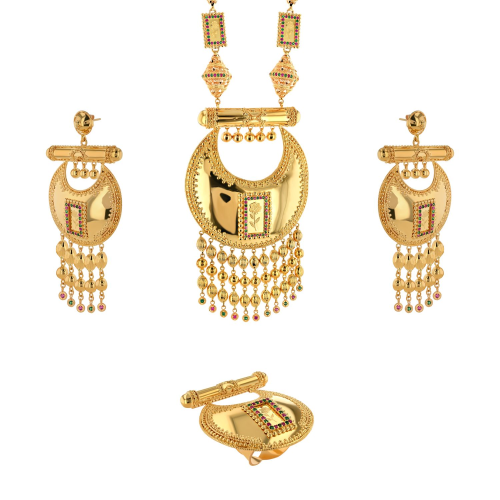Gold in ancient Egypt

Egypt is a gold-rich country, and traditional gold miners were careful in their search for commercially viable supplies. Egypt had access to the wealth of Nubia. Throughout Egypt's lengthy history, gold jewellery for everyday usage as well as temple or burial rituals has been manufactured. Egyptians loved to wear gold earrings, gold sets, gold rings, gold bracelets, and gold necklaces to represent their status in society.
The gold used by the Egyptians usually contained silver, and it appears that gold was not processed to boost its purity for the majority of Egypt's history. The composition of the metal affects its colour, resulting in gradations in hue that range from the bright yellow of a central boss that previously adorned a vessel to a deep blue.
In actuality, the pendant includes roughly equal amounts of gold and silver, indicating that it is electrum, a natural gold alloy comprising more than 20% silver, as specified by the ancient Roman author.
However, just a little bangle bracelet from the tomb of Khasekhemwy, Dynasty 2's last ruler, survives from the Early Dynastic and Old Kingdom periods, which is reflected in the Metropolitan Collection of the museum by a small bangle bracelet from the tomb of Khasekhemwy, Dynasty 2's last monarch. A broad strip of the hammered gold sheet was used to create it. Small stone containers were also discovered in the royal tomb, sealed with hammered gold sheets textured to resemble animal hide and bound down with gold wire "thread."
The ability to be hammered into thin sheets is malleability, a physical property shared by many metals but most pronounced for gold, and it is in this form that most gold artefacts from ancient Egypt survive: solid, cast gold objects, such as a ram's-head amulet from the Kushite Period, are generally small and relatively rare. Gold leaves as thin as one micron was made even in ancient times, while thicker foils or sheets were applied manually or with glue to a wide range of surfaces of other materials to impart a golden appearance.
In the early twentieth century, excavations in Dahshur, Lahun, and Hawara revealed valuable jewellery that belonged to privileged women associated with the royal courts of the Dynasty 12 monarchs.
While gold appears to have been largely controlled by the king, gold jewellery was also owned by Egyptians of lower social positions.
The truly astonishing amount of gold discovered in Tutankhamun's tomb, the only ancient Egyptian royal burial found in a pretty much intact state, demonstrates almost unfathomable wealth. Still, Egyptologists believe that kings who reigned into middle or old age were followed into the next life with even more luxury goods. New Kingdom royal family members who were far less prominent were also buried with extravagant gold treasures. Three foreign ladies believed to have been Thutmose III's minor brides were buried together with comparable assemblages of gold jewellery and other funeral items.
Although ancient scriptures mention huge numbers of gold, silver, bronze, and other metal statues used in Egyptian temple rituals, only one gold figure is known to have survived.

Our Promise
Fast shipping
Receive your jewelry in maximum 3 days.
Return guaranteed
Requesting a return is quick and easy.
Ethical Sourcing
Ethically Sourced Materials
Payments
Buy in the most convenient way for you.







